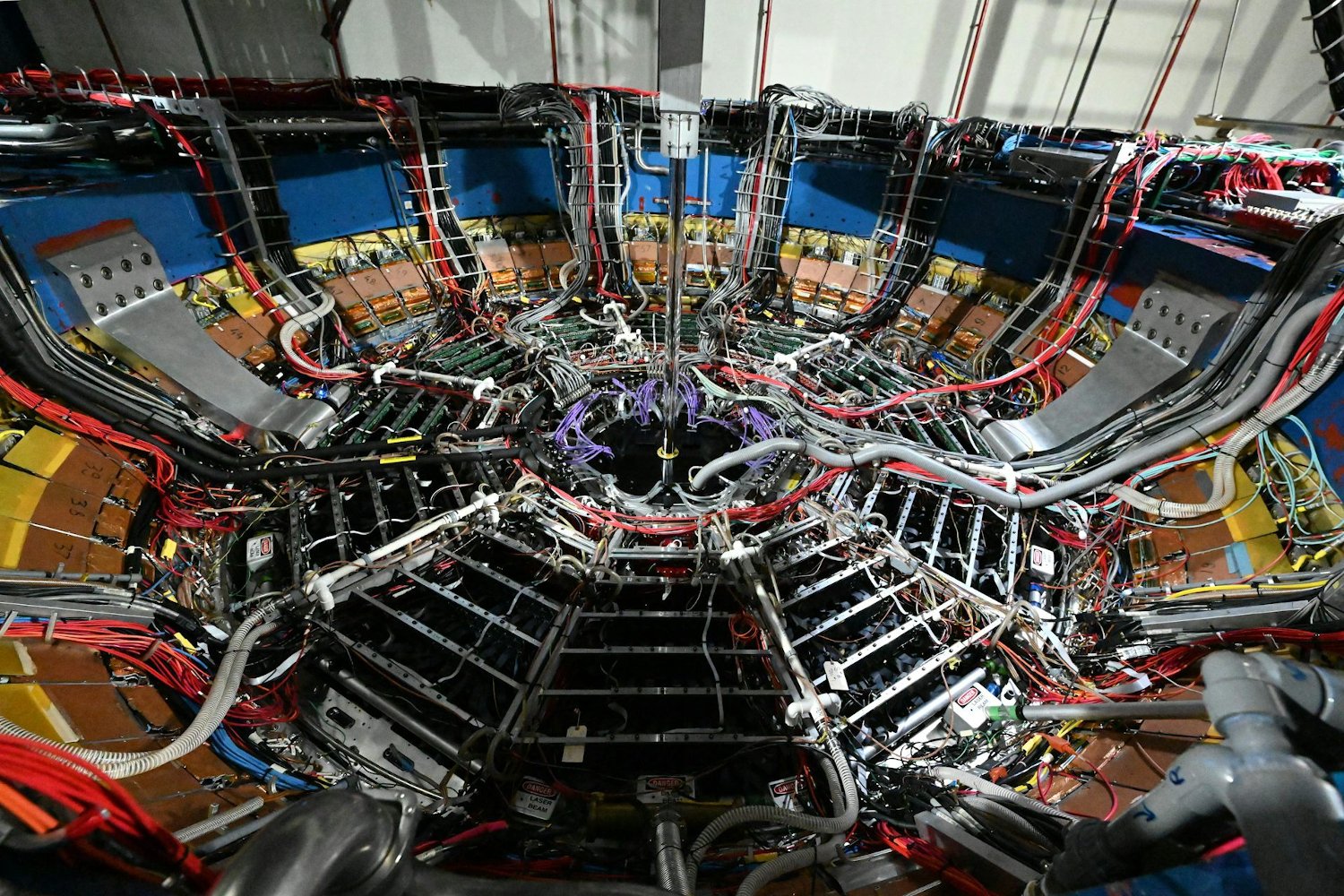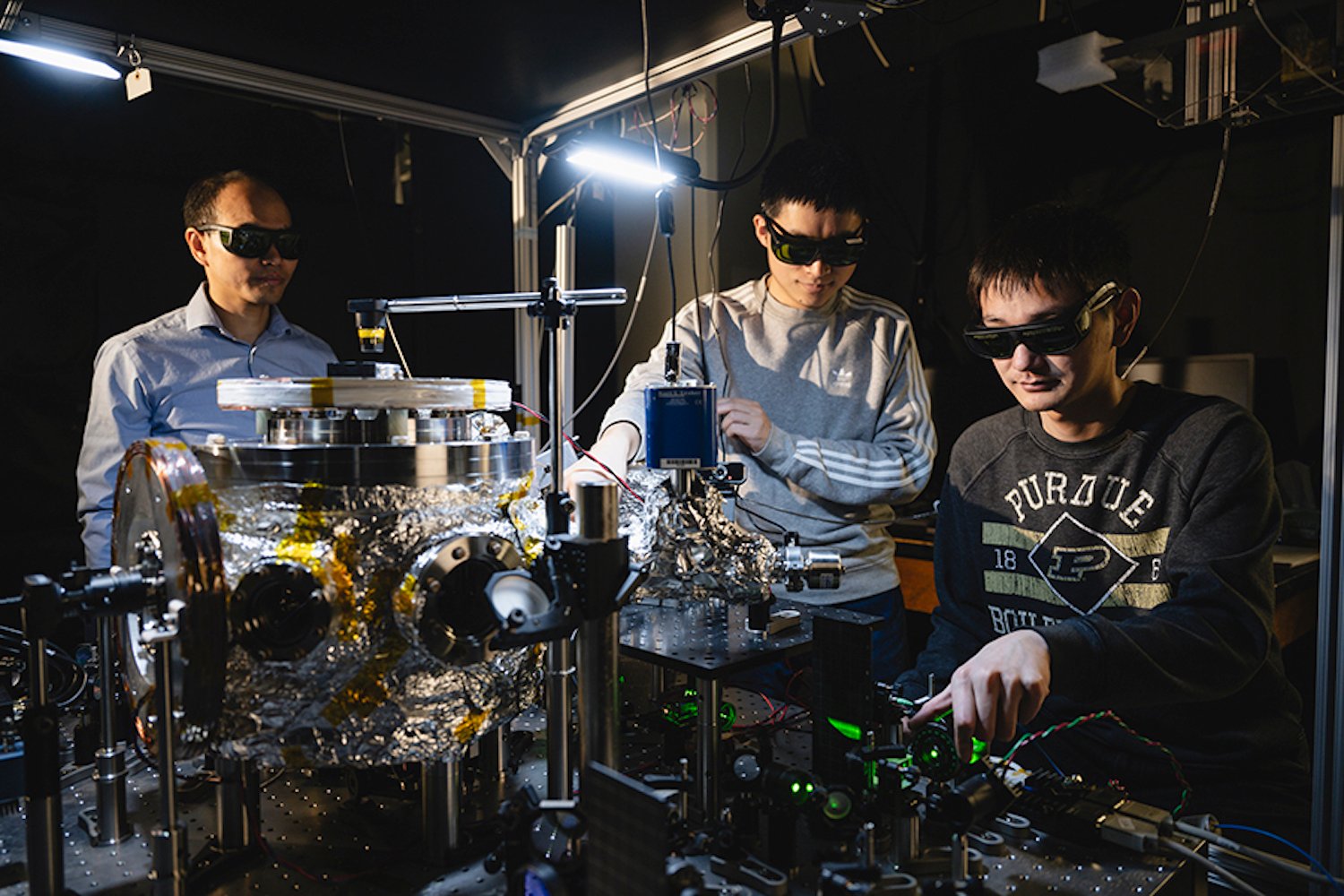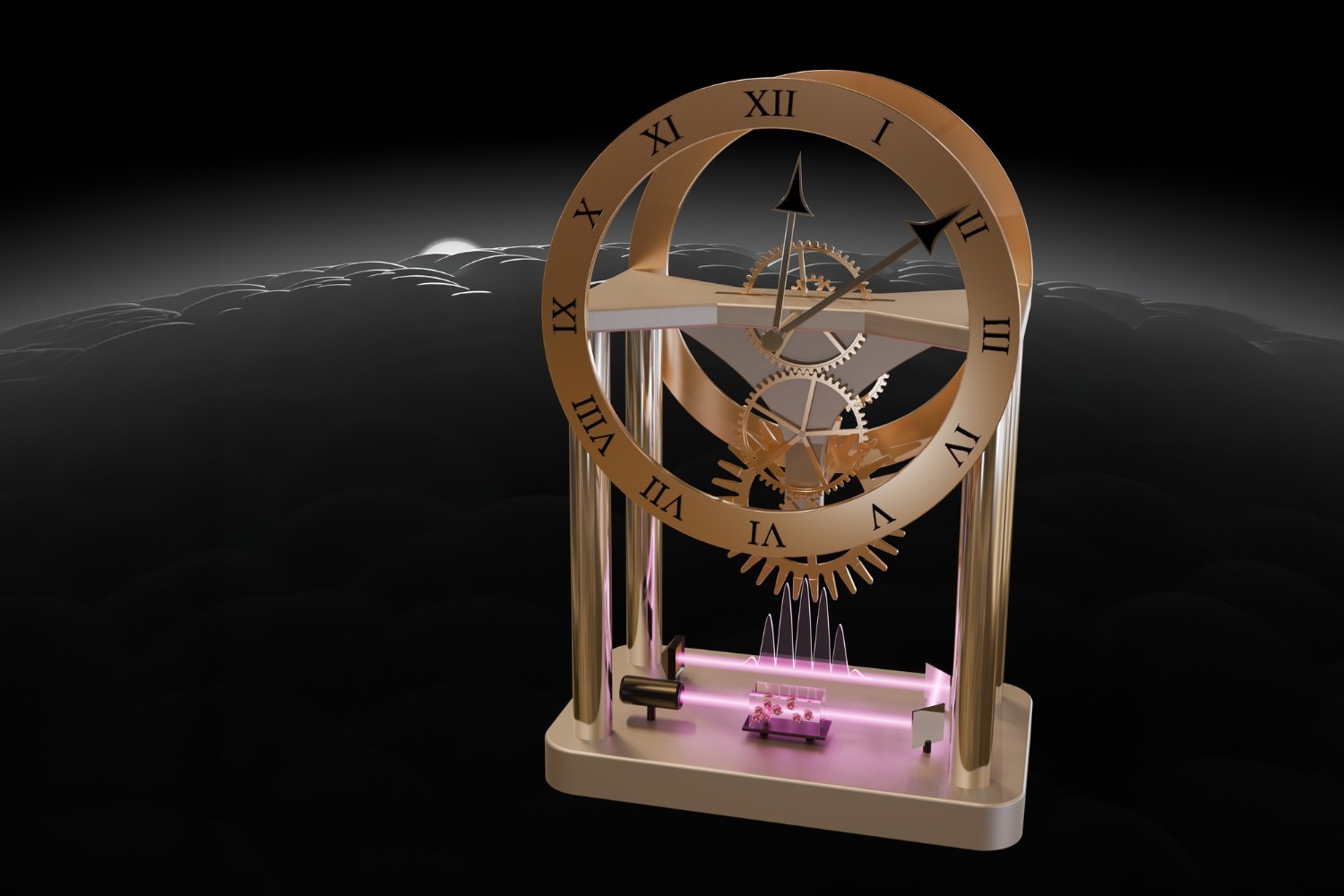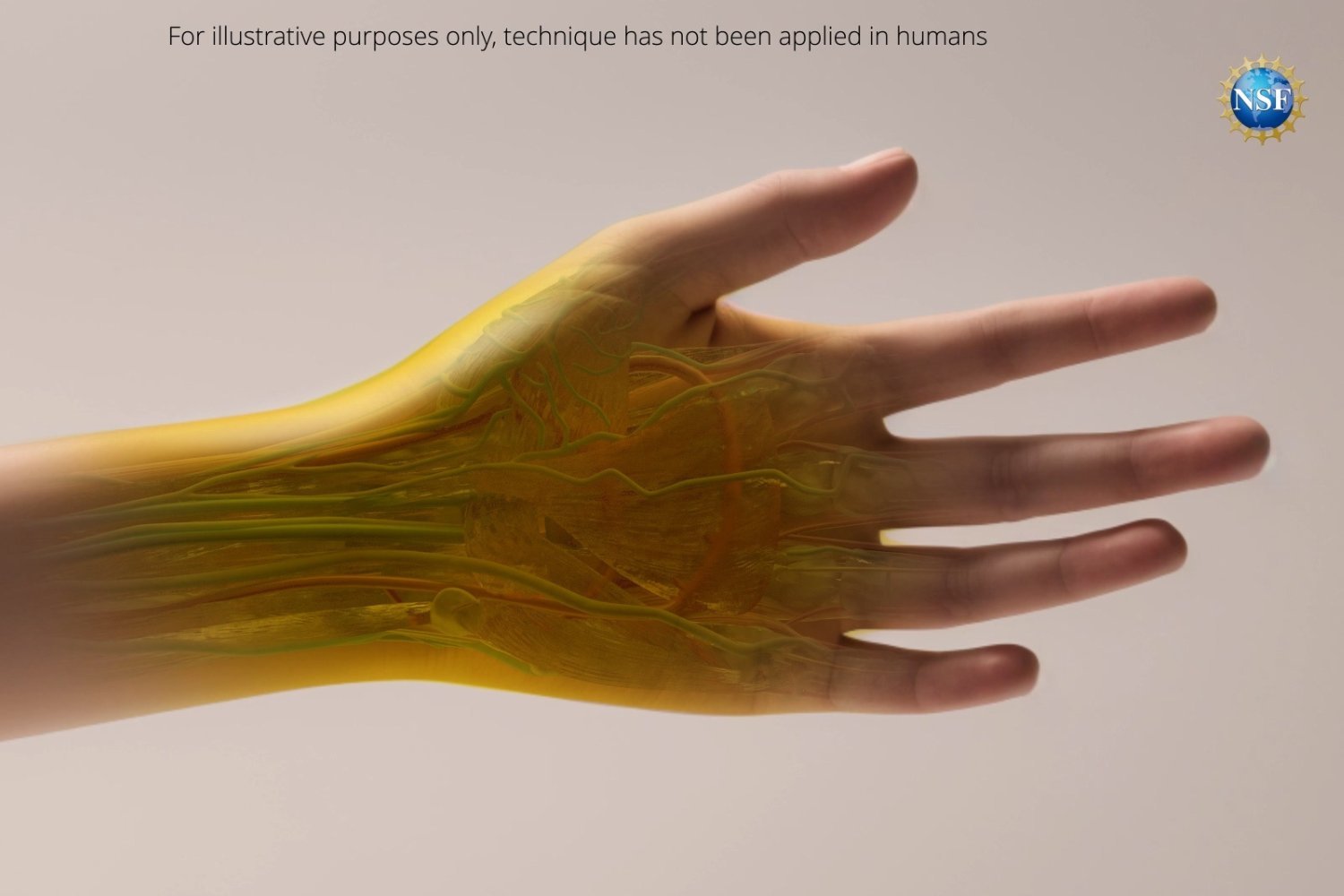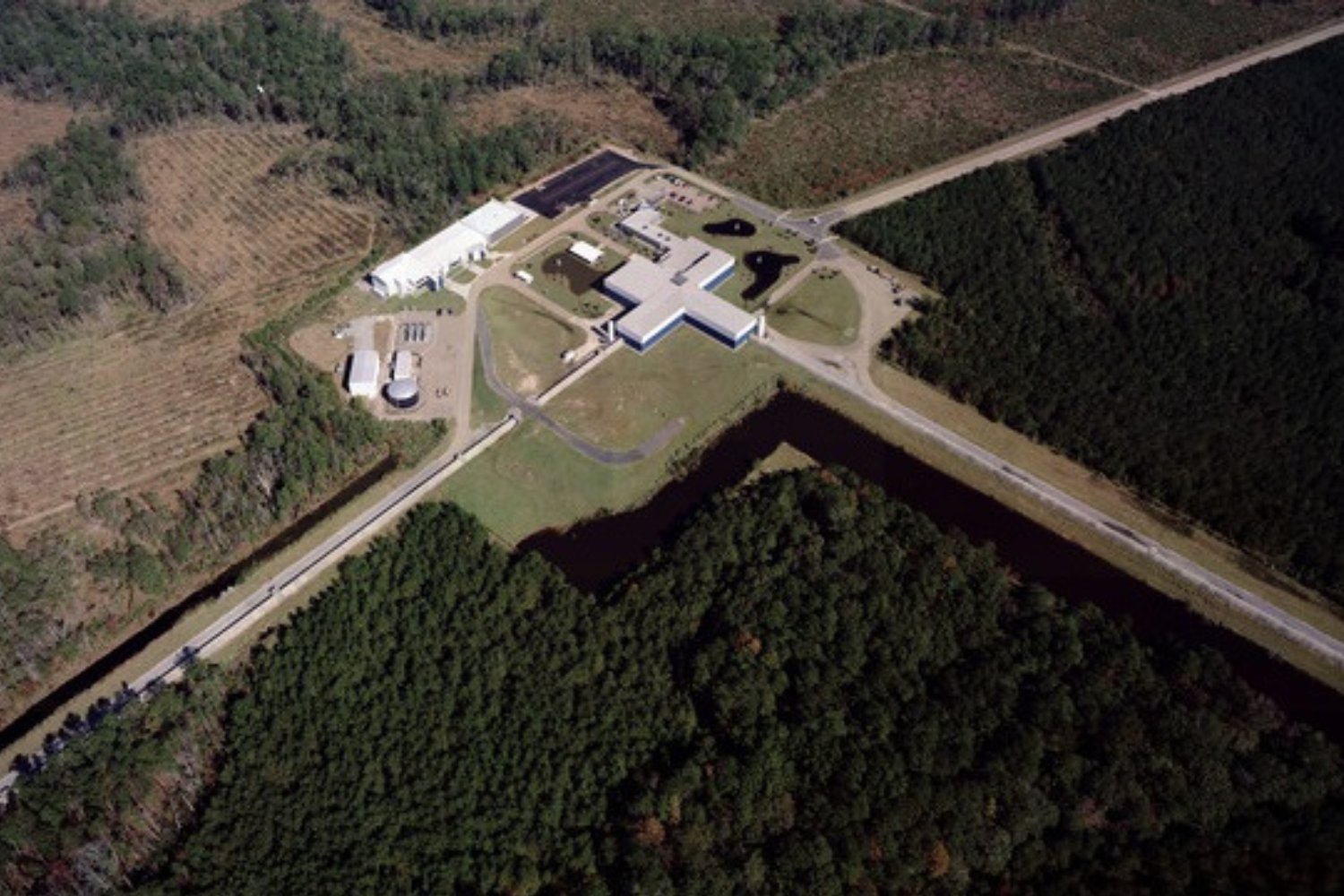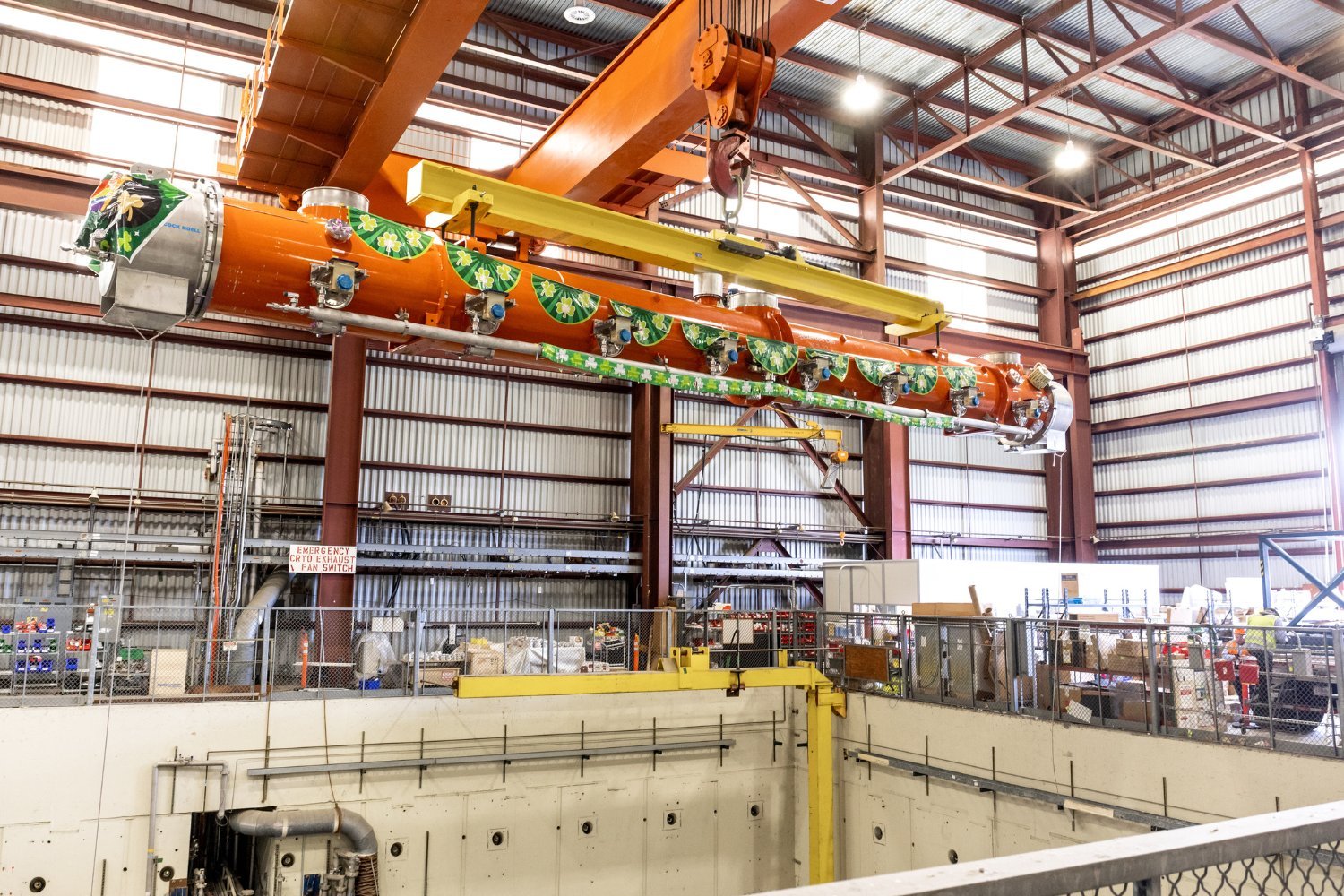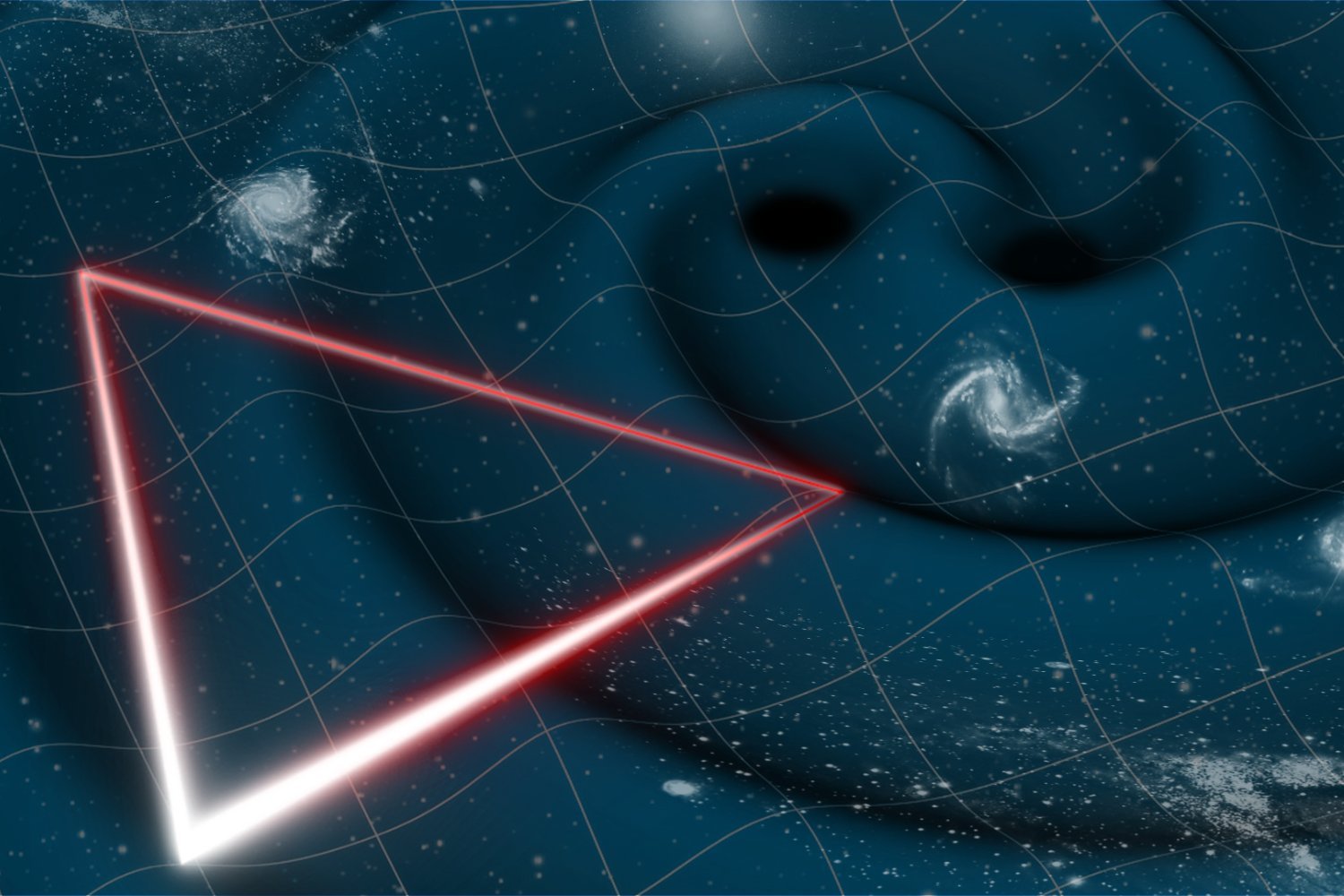The heaviest antimatter nuclei ever observed have been detected in experiments at Brookhaven National Laboratory. This discovery holds potential implications for our understanding of antimatter and the search for dark matter.
The STAR experiment at Brookhaven’s Relativistic Heavy Ion Collider achieved this breakthrough by colliding uranium nuclei at high speeds, recreating conditions similar to the early universe. Within these collisions, a rare antihypernucleus, antihyperhydrogen-4, was identified. This antinucleus consists of an antiproton, two antineutrons, and an antihyperon.
This finding is significant because it confirms theoretical predictions about antimatter behavior. The observed properties of antihyperhydrogen-4, such as its lifetime and mass, align with expectations based on Dirac’s theory. The frequency of antihypernuclei production also matches theoretical models.
 Antimatter collision visualization
Antimatter collision visualization
The Antimatter Puzzle
The existence of antimatter presents a fundamental question: if the Big Bang created equal amounts of matter and antimatter, why is the universe predominantly composed of matter? This asymmetry remains a mystery.
Experiments like STAR are crucial for investigating this puzzle. By studying antimatter properties and production mechanisms, scientists hope to gain insights into the matter-antimatter imbalance.
Antimatter and the Search for Dark Matter
The study of antimatter has implications for the search for dark matter, an elusive substance that makes up a significant portion of the universe. Some theories propose that dark matter annihilation could produce bursts of matter and antimatter, including antihelium.
The Alpha Magnetic Spectrometer (AMS) experiment on the International Space Station searches for such signals. STAR’s findings help calibrate models of antimatter production from ordinary matter collisions, enhancing the AMS’s ability to distinguish potential dark matter signatures.
Unraveling the Mysteries
While much has been learned about antimatter, fundamental questions remain. The STAR experiment continues to probe the nature of antimatter, contributing to our understanding of its role in the universe.
Other experiments, such as LHCb and ALICE at the Large Hadron Collider, also contribute to this effort by investigating differences in behavior between matter and antimatter. These combined efforts may one day unravel the mysteries of antimatter and its connection to dark matter.
Conclusion
The discovery of the heaviest antimatter nucleus to date marks a significant step forward in antimatter research. This finding reinforces existing theories and contributes to the search for dark matter. Continued research in this field may eventually lead to a deeper understanding of the fundamental constituents of the universe.



